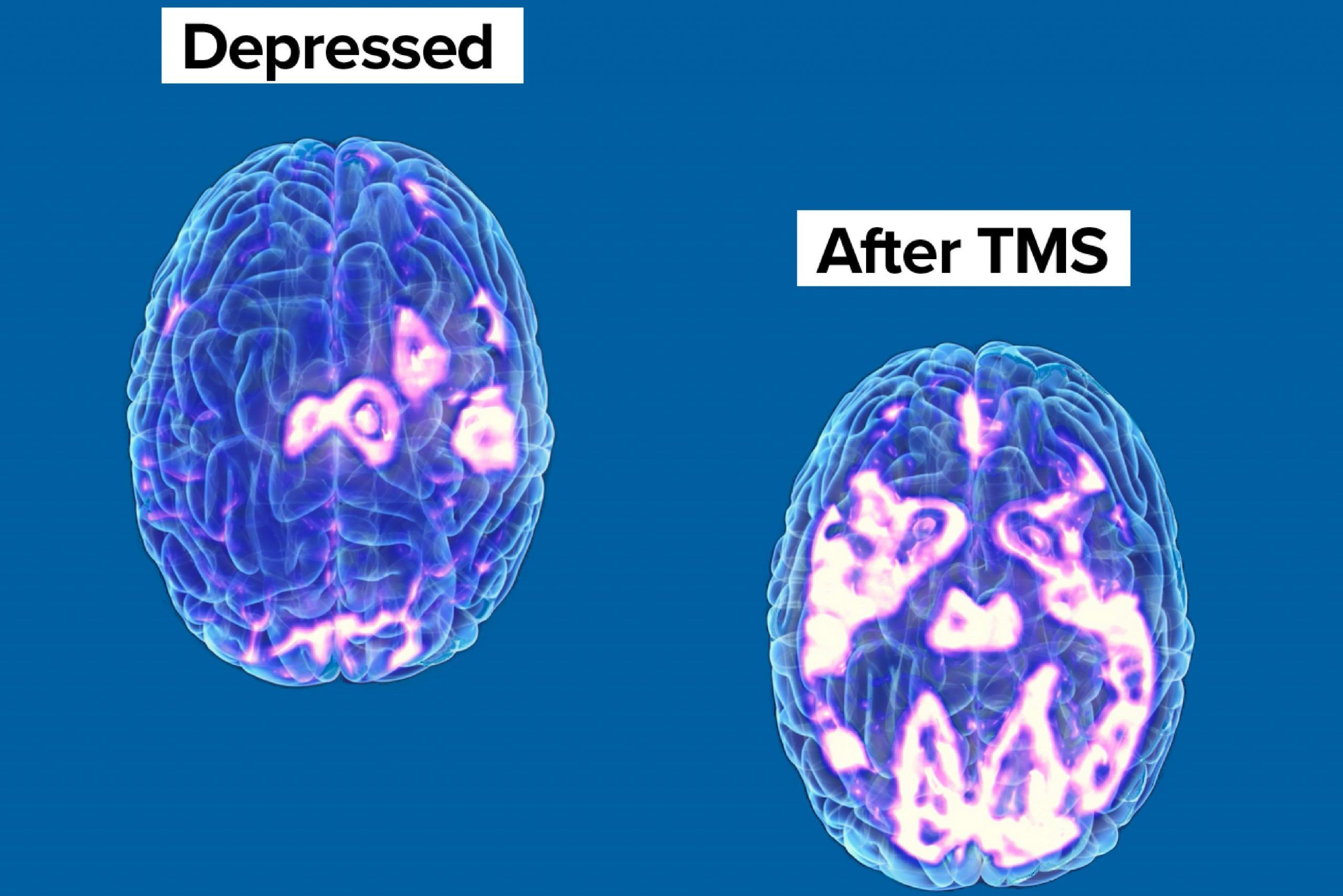Creating Content Using Schema and Search Snippet properties defined by Google for SEO.

Transcranial Magnetic Stimulation (TMS) therapy stands out as a non-invasive treatment modality primarily employed for various mental health conditions, with a prominent focus on depression. This therapeutic approach harnesses magnetic pulses to target specific brain regions implicated in mood regulation. Notably, TMS therapy has gained FDA approval for managing major depressive disorder (MDD) in individuals who have not adequately responded to conventional antidepressant medications. Moreover, ongoing research illuminates its potential utility in addressing a spectrum of mental health challenges, including anxiety disorders, post-traumatic stress disorder (PTSD), and certain neurological conditions like Parkinson’s disease and chronic pain syndromes. However, comprehensive investigations are imperative to delineate the full extent of TMS therapy’s efficacy across these diverse conditions.
Delving into the mechanics of TMS therapy offers insight into its operational intricacies:
Procedure: Patients undergoing TMS treatment are comfortably seated, with a specialized electromagnetic coil strategically positioned against their scalp, typically near the forehead. This coil administers magnetic pulses targeting specific brain areas, notably the prefrontal cortex, crucial for mood regulation.
Stimulation: The magnetic pulses generated by the coil induce small electrical currents within the targeted brain regions, stimulating the neurons. This stimulation fosters heightened neural activity and enhances interregional communication within the brain.
Neuroplasticity: A pivotal mechanism underlying TMS therapy lies in its capacity to induce neuroplasticity—a phenomenon characterized by the brain’s ability to reorganize and form new neural connections in response to external stimuli. The repetitive stimulation delivered during TMS sessions facilitates synaptic modifications and alterations in neural circuitry, potentially culminating in symptom alleviation and functional improvement across various domains, including mood and cognition.
Treatment Sessions: A typical TMS treatment regimen entails multiple sessions administered over several weeks, often on a daily basis. Each session typically spans 20 to 30 minutes, with the total number of sessions tailored to individual treatment response and the severity of the condition under consideration.
Safety and Side Effects: TMS therapy boasts a favorable safety profile, with most adverse effects being mild and transient. Common side effects may encompass headache, scalp discomfort, or mild muscle twitching during the procedure. While serious adverse events like seizures are rare, cautious monitoring is warranted, especially in individuals with a history of epilepsy or seizure disorders.
Efficacy: Rigorous clinical trials have substantiated the efficacy of TMS therapy in mitigating depressive symptoms and enhancing mood among individuals with MDD refractory to traditional antidepressant therapies. Such findings underscore TMS therapy as a valuable therapeutic option for augmenting treatment outcomes in depression management.
Exploration of Other Applications: Beyond its established role in depression treatment, ongoing research endeavors are investigating the broader applicability of TMS therapy across an array of mental health disorders, including anxiety disorders, PTSD, OCD, and various neurological conditions. This burgeoning area of inquiry holds promise for expanding the therapeutic repertoire and improving outcomes for individuals grappling with diverse psychiatric and neurological challenges.
In sum, TMS therapy emerges as a promising therapeutic avenue for addressing an array of mental health disorders, offering a safe, well-tolerated, and efficacious alternative for individuals confronting treatment-resistant conditions. Continued research endeavors are poised to further elucidate its therapeutic potential and refine its clinical utility across diverse psychiatric and neurological domains.
Proof of Unique Content

Proof of Non AI generated content





